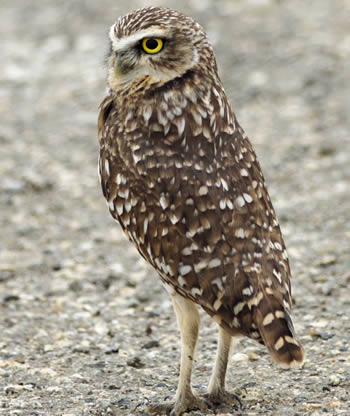In response to EHL’s recommendations on a new ordinance, “small” wind turbines in San Diego will be safer for birds and bats.

Wind energy is a conundrum for environmentalists. While carbon-free in operation, wind turbines inevitably kill birds and bats as part of normal operation. But when the County of San Diego updated its Wind Energy Ordinance with the expressed objective of facilitating the permitting of “small” turbines– actually up to 80 feet high – for residential and farm use, EHL was determined to reduce the impacts.
A review undertaken by EHL’s biological consultant showed that the location of a turbine – more than its height or any other factor – determines the degree of impact on wildlife. While site-specific studies of migratory pathways will be undertaken for “wind farms” consisting of large turbines, the County’s procedures for small turbines only allowed a “checklist” regulatory approach.
In addition to conditions already identified by County staff, such as setbacks from golden eagle nests, EHL identified additional measures that fit the checklist approach. These included avoidance of ridgelines, setbacks from streams and water bodies, and setbacks from bat roosts. The California Dept. of Fish and Wildlife requested improved turbine design features. EHL Staff Attorney Michael Fitts argued that these were all “feasible mitigation measures” under CEQA. In areas important for assembling the Multiple Species Conservation Program preserve, we recommended additional evaluation before siting.
The Planning Commission and Board of Supervisors eventually incorporated all these safeguards for small turbines. We also argued for a reduced number of permitted small turbines, consistent with typical residential energy needs, though this change was not adopted. Large commercial turbines – strongly opposed by those in affected communities – will continue to go through a separate approval process that requires site-specific studies for wildlife impacts.
We are pleased that our effort resulted in an ordinance that will spare many birds and bats unnecessary injury and death. But we also strongly recommend using solar panels, instead.


